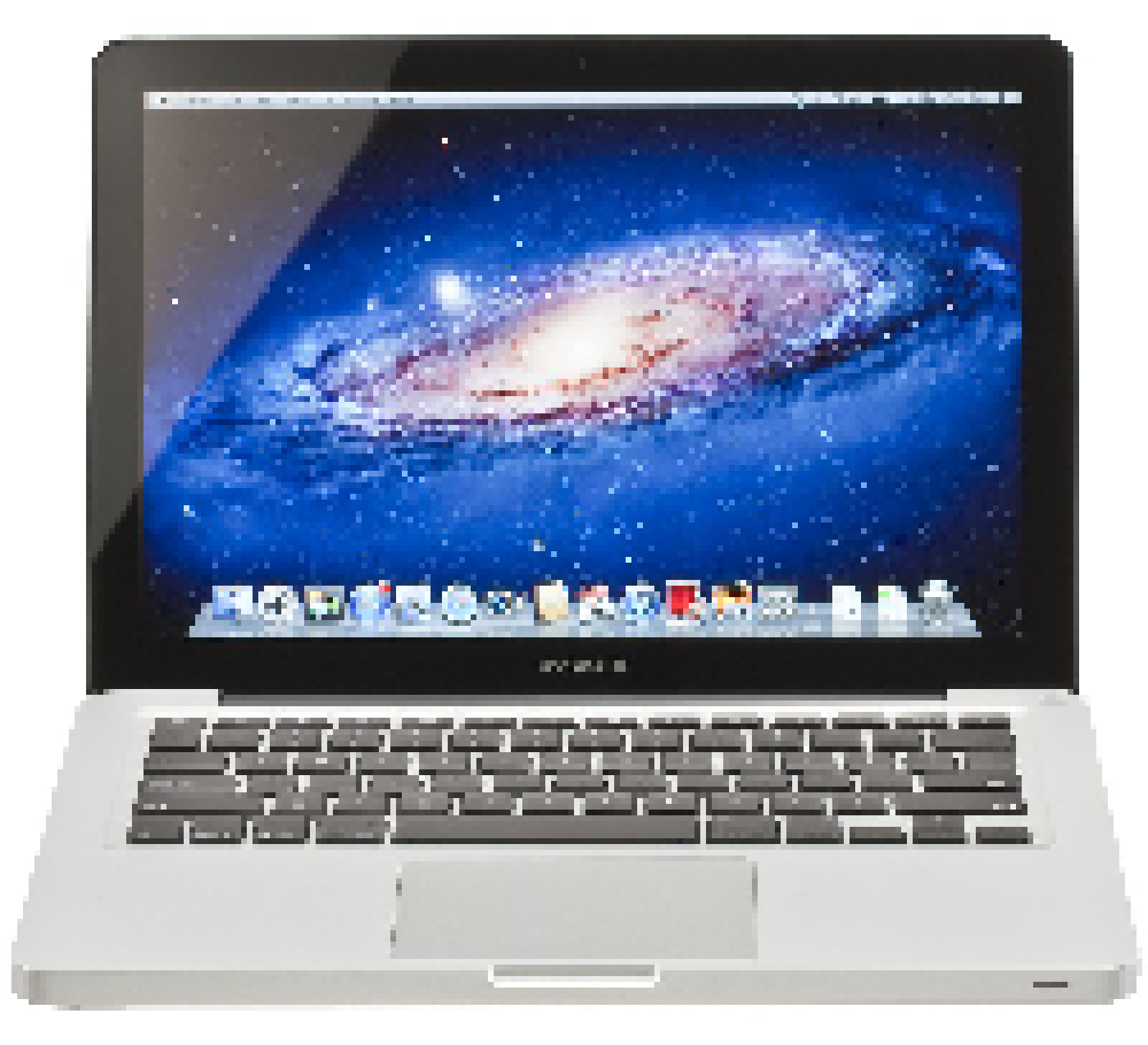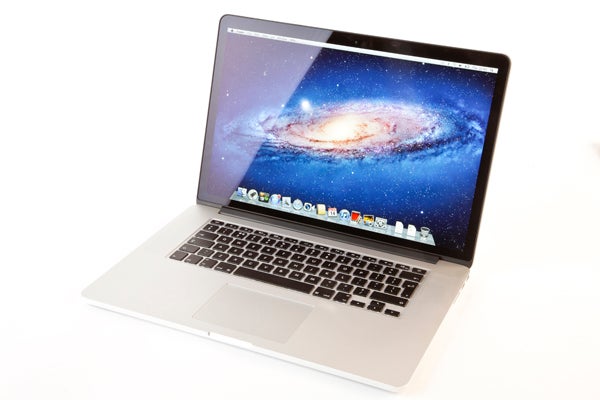

Like the new iPad, the resolution difference doesn’t add to the screen real estate so much as allowing for a vastly improved UX with higher resolution UI elements and better text rendering. The normal MBP has a good display, a very good display if you go for the matte high-res option, but the Retina MBP display is just on a completely different level. I mean, this is by far the biggest differentiating factor between the two, and if you’re looking for a solid reason to put the money down for a Retina, this is it.

After using an rMBP, it's actually a little bit difficult to go back to a normal MBP display. The real story here is about what you’re giving up. But that’s the thing with the regular 2012 MBP – it’s just like the 20 MBPs, just updated to IVB/Kepler. In terms of display performance, the 2012 MBP matches up very close to the 20 models, with very good contrast ratio and colour reproduction.

The higher resolution is nice to have, and with the matte screen finish, it was one of my absolute favourite notebook displays. Our evaluation unit had the base 1440x900 display, though I'd have preferred the matte WSXGA+ panel. As always, the display is a very high quality one, essentially the same as the previous 3 years of MacBook Pros and testing very similarly to the other 15" MacBook Pros we've reviewed over the last few years. The story about the regular MacBook Pro's display is more about what it isn't (game changing) because we already know what it is (very competent).


 0 kommentar(er)
0 kommentar(er)
